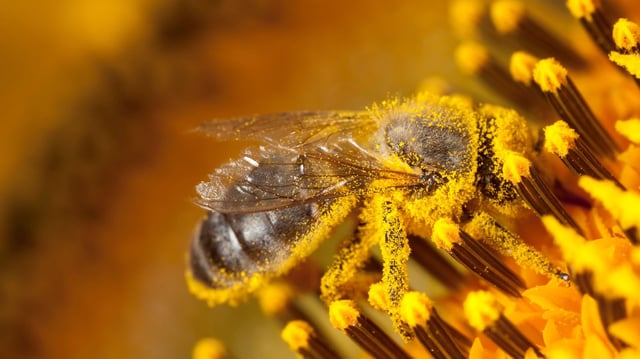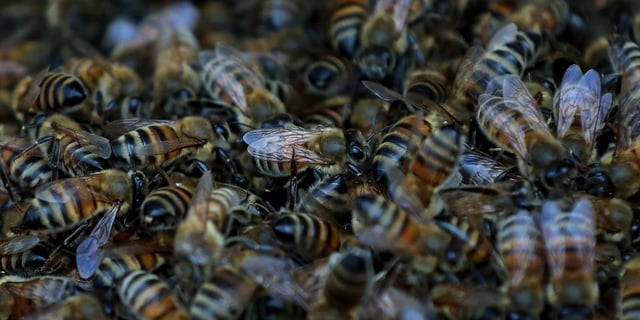Overview
- The 74 mg implant is strapped to a bee’s back and uses three needles to send electrical pulses, achieving directional compliance in 90% of lab trials.
- Zhao Jieliang’s team detailed their findings in a peer-reviewed paper in the Chinese Journal of Mechanical Engineering on June 11.
- Earlier cyborg controllers weighed around 200 mg or more, causing rapid insect fatigue and limiting flight duration.
- Research groups in the United States, Japan and Singapore are racing to adapt the technology for other insect species and boost power endurance for practical deployment.
- Proposed applications span covert reconnaissance, counterterrorism missions and disaster search-and-rescue, prompting debate over the ethical and security implications.


